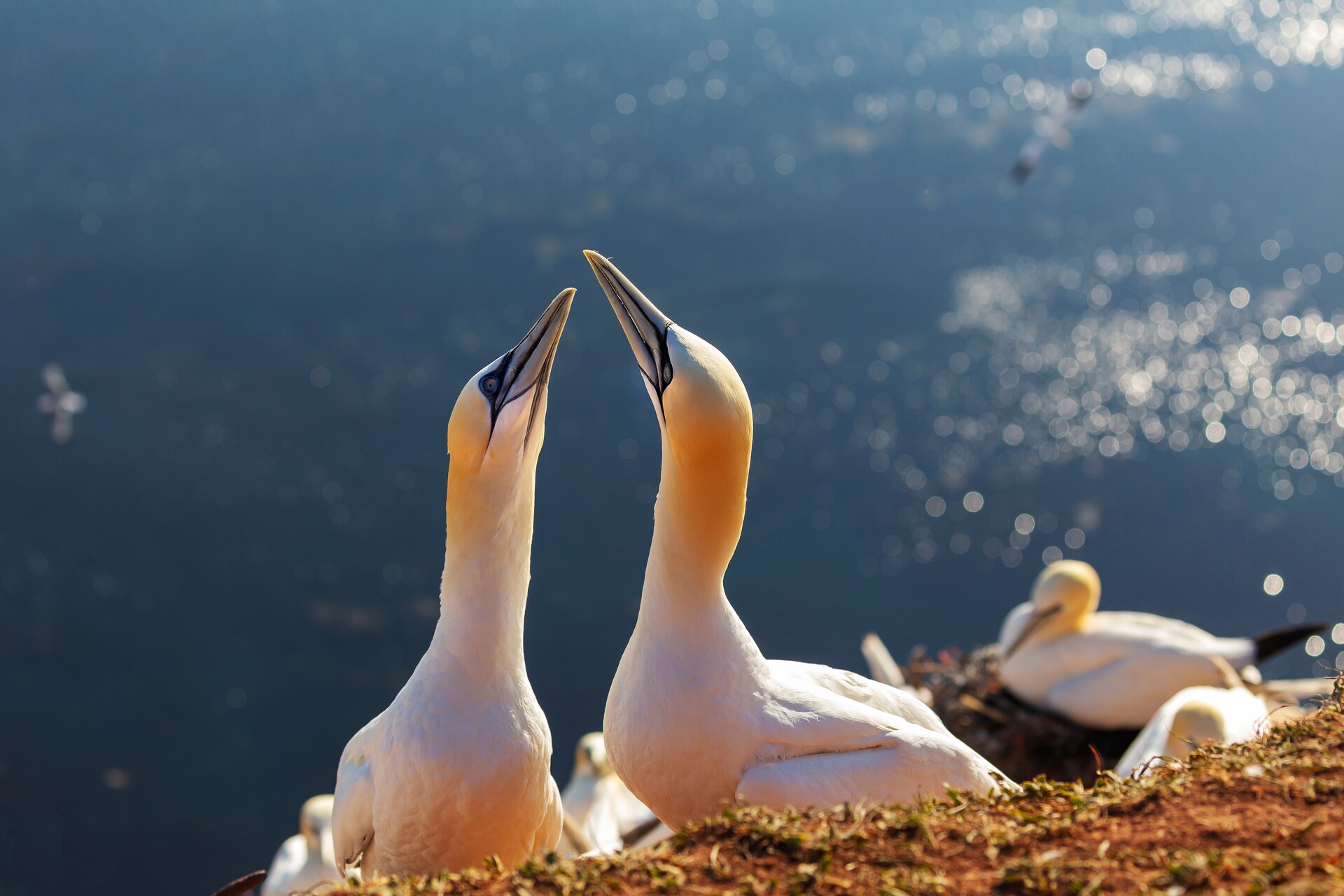Europe Cruises
Book early for 2025 and 2026 sailings around Europe and save up to 25% with the HX Price Promise*.
Expedition Cruises to Europe
Explore Europe expedition-style. You’ll experience nature, wildlife, history and culture as we visit some of Europe’s top coastal destinations and cruise to secluded gems and wild island archipelagos. Enjoy shore landings, birdwatching, hiking and kayaking as you tour historic ports, and discover UNESCO treasures and picturesque fishing villages.
Itineraries for Everyone
Choose from 7 to 15-day itineraries that sail to a specific region of Europe like Scandinavia or the Canary Islands, or go long distance and explore the entire Atlantic coastline.
Activities in Europe
Your expedition cruise offers included and optional activities. From guided town walks to kayaking trips, we'll help you make the most of your adventure.
The Expedition Team hosts lectures and takes you on guided hikes, landings and expedition boat cruising. They’ll share fascinating insights into the places you visit.
Wildlife in Europe
Europe’s Atlantic coast and islands are home to an incredible variety of birds, animals and other marine life. Look out for migratory and nesting birds, seal colonies, porpoises, dolphins and whales.
UNESCO treasures
Europe has the world’s highest density of UNESCO-listed sites. Enrich your expedition cruise to and around Europe with visits to ancient monasteries, national parks and amazing natural wonders.
Cruises to Europe
Culture capital
Discover a satisfying mix of well-known and off-the-beaten-track cultural destinations, including medieval villages, fortified historical centres and archaeological sites.
Activities in Europe
Your European expedition cruise comes with a range of included and optional activities. You can go on shore excursions, try sea kayaking, and join cultural tours and guided walks. Explore more of canal cities, fishing villages, medieval fort towns, UNESCO sites, rugged idylls and seaside boltholes. See some of them here.
San Sebastian City Tour & Typical Pintxo
Admire one of the most beautiful cities in Europe on a panoramic bus tour.
King Crab & North Cape
North Cape with King Crab - a fun & tasty tour.
* Please note that these are optional activities; an additional cost may apply.
Scenic coastal walks
Europe’s wild and beautiful coastlines are made for walking. Immerse yourself in magnificent landscapes featuring beaches, coves, and dramatic cliffs.
Europe’s wildlife
With their cold waters, sand banks, mud flats and other coastal habitats, the shores and islands of Europe are home to a multitude of birds, mammals and marine life. Be on the lookout for whales, dolphins, seabirds, seals and more while cruising Europe.

Europe’s wild wonders
The Expedition Team will help you identify some of the many seabirds and shorebirds that line Europe’s coast. Keep an eye out for dolphins, seals and whales as you sail.
Expedition Team Europe
With so many highlights on our European expedition cruises, your Expedition Team will be busy sharing fascinating insights, giving lectures and guiding you at all the places you visit. That might be walking tours in lively Lisbon and Porto, the medieval towns along the Bay of Biscay and Brittany, or kayaking trips in the pretty coastal towns of Scandinavia.

Sustainable adventures
We partner with local food suppliers who grow their produce sustainably to make the delicious dishes we serve on board.